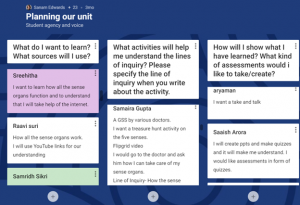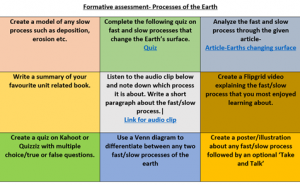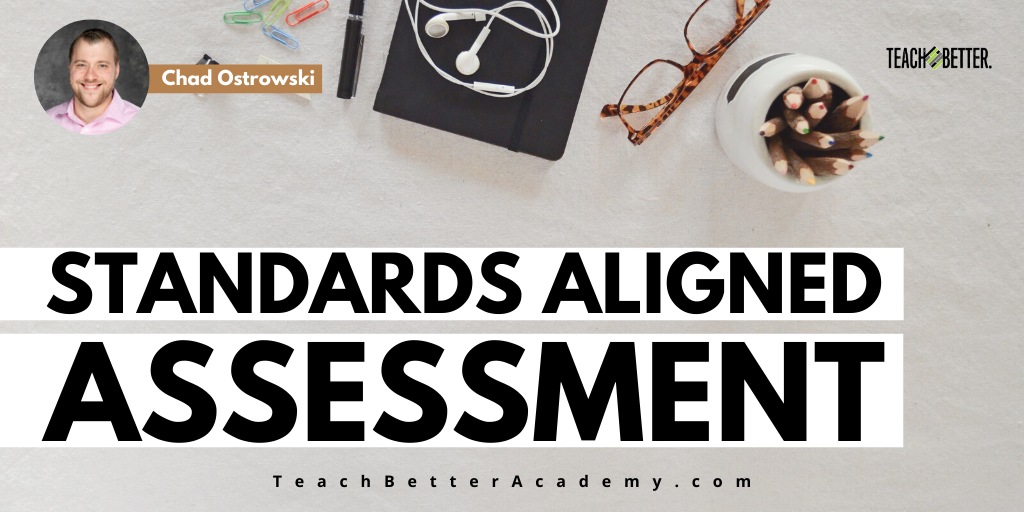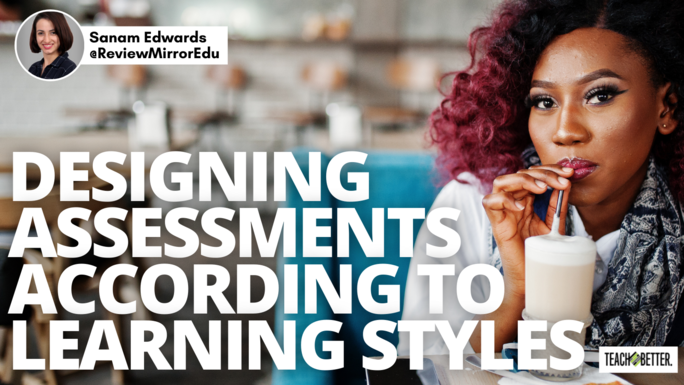TL;DR:
- Assessments should be conveyed in various forms appropriate for each student.
- Getting to know your students is imperative before beginning to design assessments.
Designing Assessments According to Learning Styles
We are witnessing an age of radical education where teachers are collectively raising their voices to advocate for our students’ benefit. They cry out for transformation, hungry for more autonomy to lift the children we teach day in and day out. Learners are at the core of what we do. Facilitators have been their shields in the battle with COVID-19. We have learned to adjust our outlook, hand over control to the young ones, and reap the rewards of the bonds established during hard times.
As they prepare and undertake assessments in an atmosphere that supports them, they will learn to be lifelong learners that do not fear being challenged by life. Click To TweetWhile teaching and learning persist in evolving each day, assessments should not be left to stagnate in the past.
The way we measure our students’ knowledge must also move ahead with us as we understand more about how our psyche has shifted during the pandemic. Young children have suffered significant losses, abandoned contact with friends, and experienced tremendous pressure to be more mature than they genuinely are.
Assessments should not be a test of recollection that causes unease. Instead, they should derive from the pool of students’ knowledge, ready to be conveyed in various forms appropriate for each individual.
Every child may not be comfortable with extempore or writing, and others may have reading issues or be kinesthetic learners. Facilitators need to put their assessments under a magnifying glass to ask themselves whether they are inclusive of the strengths of all children. Pitching a uniform evaluation for all seems unfair, as the selected format may play to one learner’s strong point and cause the other a good deal of angst.
There have been times where I have supported an open-book policy with a few of my students. They grappled with retention issues, and occasionally all they required was to flip a page in their journal to see a diagram, and the information would come sprinting back to their minds.
As a professional in the education sector, I have never relied on my powers of recollection to accomplish a task. I can find answers suitably from a variety of sources which permits me to teach well. The situation is similar for students. They have comprehended the knowledge you have imparted to them.
But getting started during the stress of an assessment can lead to complications. A single glance at a graphic organizer can be a blessing for them to organize their thoughts and then expound on what they know.
Before we begin to contemplate assessment tools and strategies, getting to know our students is imperative.
A questionnaire asking them about what they like to do in their free time will give one a decent idea of how they express themselves. One could always take it a step further by encouraging student voice and choice in the classroom by encouraging them to venture ideas on how they would like to be assessed.
In my classroom, we inspired the students to plan their whole unit, which encompassed learning engagements and assessments. The ideas that bubble up from students are diverse as they put forth formats that they are relaxed with.

One way of guaranteeing that our assessments are inclusive is by creating a tic-tac-toe board. Not only does this gamify the testing process, but it also provides that one check contains multiple ways of bringing forth knowledge.

This model of an assessment encapsulates all learning styles. The teacher can invite the students to work in rows of three or differentiate to lessen difficulty by requesting them to choose one or two methods they are comfortable with. Each child picks a task corresponding to their strength, thus leveling the playing field and instilling confidence that they can shine in what they will create.
[scroll down to keep reading]
Designing Assessments with Your Students in Mind
The icing on the cake is observing how each student’s response contrasts with their peers. Showcasing assessment responses is a fantastic way of indicating to our learners that there is potency in being unique and that differences need to be celebrated. Exhibiting exemplar submissions may motivate a child to attempt something novel and interesting the next time or bolster his belief that his practice has rewarded him.
Establishing an assessment while keeping our learners in mind is always a great practice. If we dig deeper into recognizing our students’ strengths, we can make evaluations pleasurable for every child in the classroom. As they prepare and undertake assessments in an atmosphere that supports them, they will learn to be lifelong learners that do not fear being challenged by life.
About Sanam Edwards
Sanam Edwards is a teacher in Gurgaon (India). She enjoys building the student’s voice and choice within the classroom environment while infusing her quirky sense of humour into daily activities. She’s an advocate for technology in the classroom and is constantly on the lookout for new ways to engage the students mentally and emotionally. She regularly blogs about her forays in the education sector at www.reviewmirror.in



